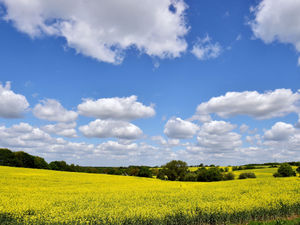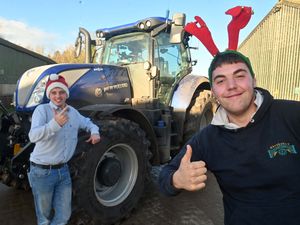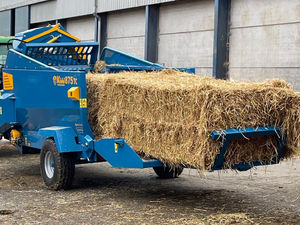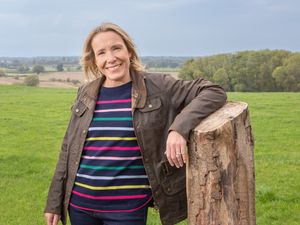New uses for old farm buildings is the way to the future
Traditional farm buildings are ideal for traditional farms.
But, as most traditional farm buildings date from the 19th century they are clearly centuries behind the times for a modern, efficient farm business. They were built mainly using local materials to hand and designed for horses, not tractors, and for small harvests gathered by, frankly, smaller people.
In any type of business, a building has to earn its keep – it is not viable to maintain a resource simply because it looks historic but will never actually be used for its original purpose. I have seen many times over the years how many traditional farm buildings have become redundant and a financial burden for owners. Planning authorities were reluctant to allow new uses for old buildings so many were simply left to crumble, redundant for today’s purposes.
Certainly many farmers have ideas for their buildings and with new uses such as camping barns, craft workshops and tea rooms, but have been put off by strict planning conditions.
So it is especially pleasing after years of lobbying by the CLA and others that new guidance from Historic England aims to help you help conserve your buildings through sustainable development.
These are encouraging words and acknowledgement that if we are to keep these historic assets for future generations to enjoy, they must have a purpose. I would strongly suggest that now is the time for you to look at your traditional buildings with a modern eye.
Historic England has produced new guidance to help enable more buildings to be repaired and re-used, a positive move by the government’s heritage body to help inform the planning process and to replace guidance last updated over 11 years ago.
The new guidance includes a toolkit to allow a relatively cheap and quick assessment of whether your buildings can be converted to alternative uses. Hopefully, this (and further free advice from your membership association) will help guide you before you start spending money on plans. You should be much be better advised how your own building conversions could be designed to protect their most historic elements while providing a return on investment.
However, advice from Historic England alone will not solve the problem - it is essential that local authorities also rise to the challenge and work with farmers and landowners.
The time has come to use it or lose it. Traditional farm buildings are a vital part of the rural landscape but they must be conserved to prevent them from crumbling and being lost for future generations.
The new guidance “The Adaptive Reuse of Traditional Farm Buildings” can be found on the Historic England website.
Caroline Bedell is Regional Director CLA Midlands





